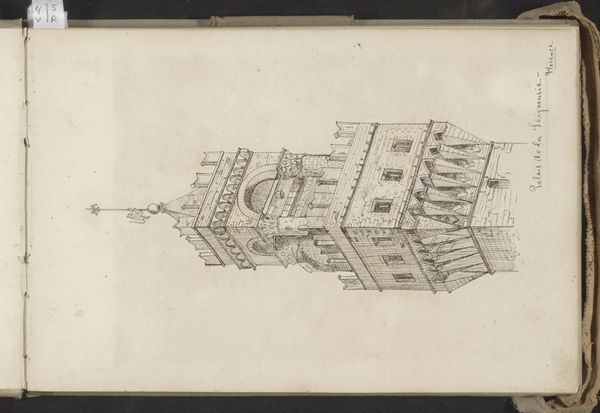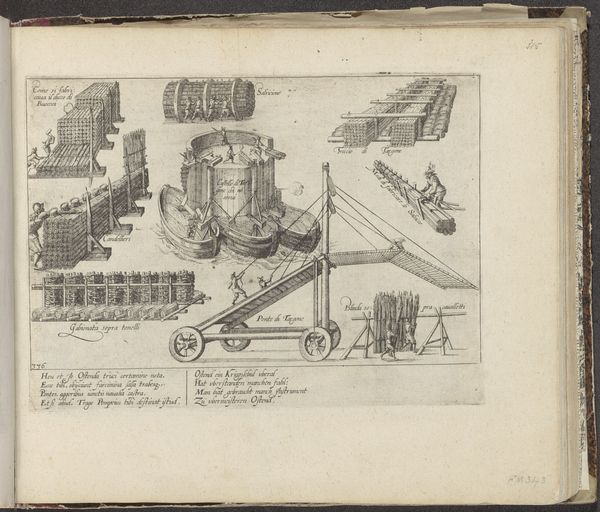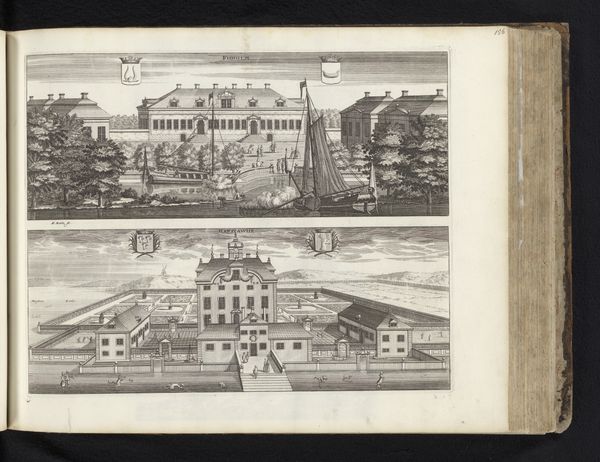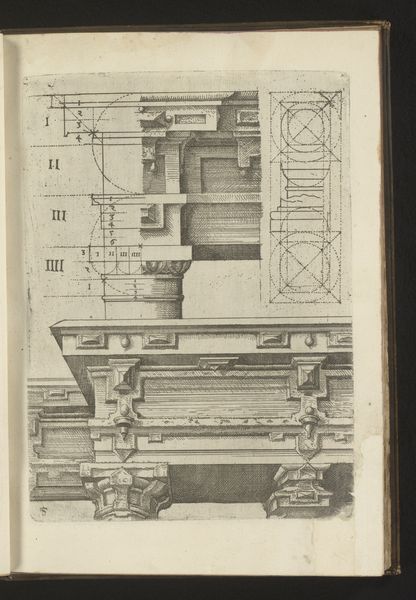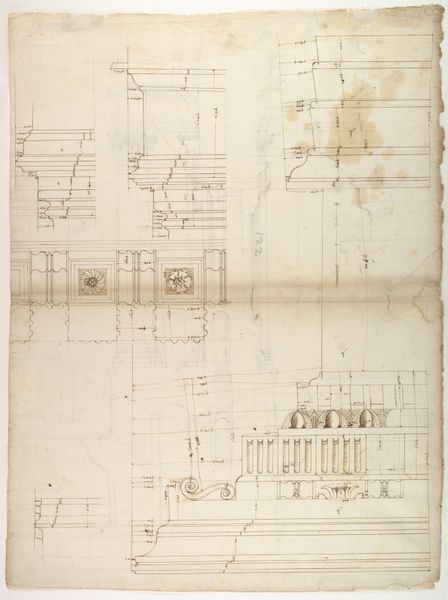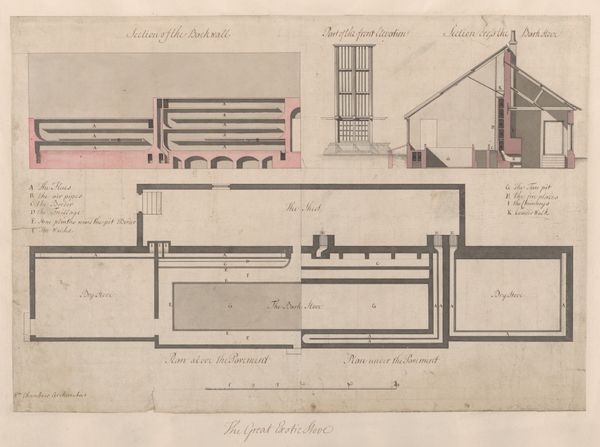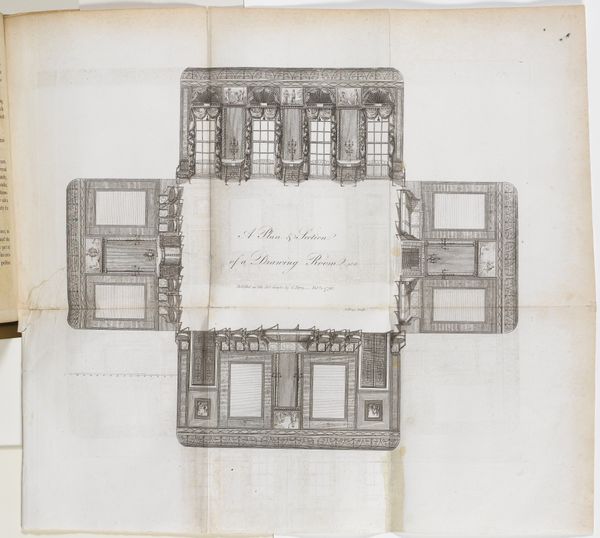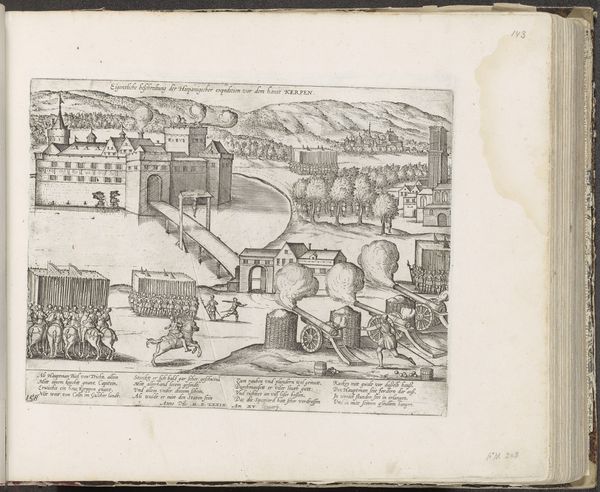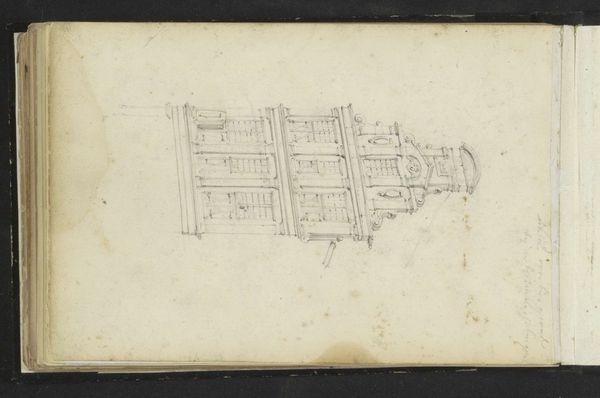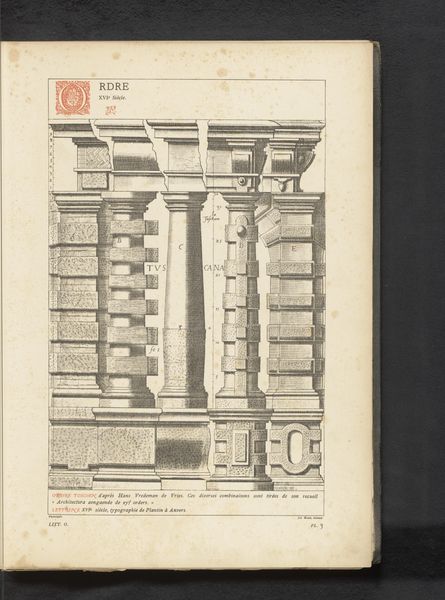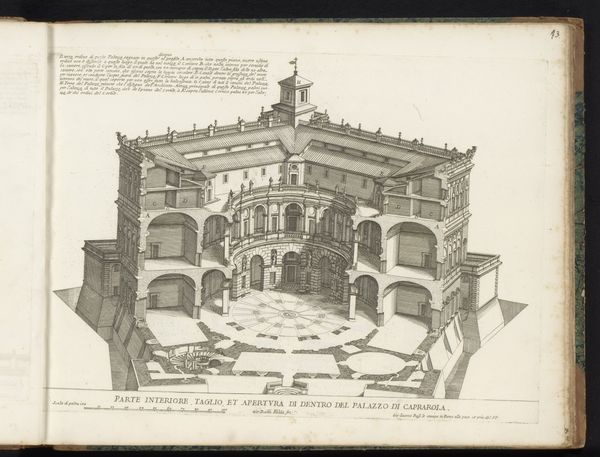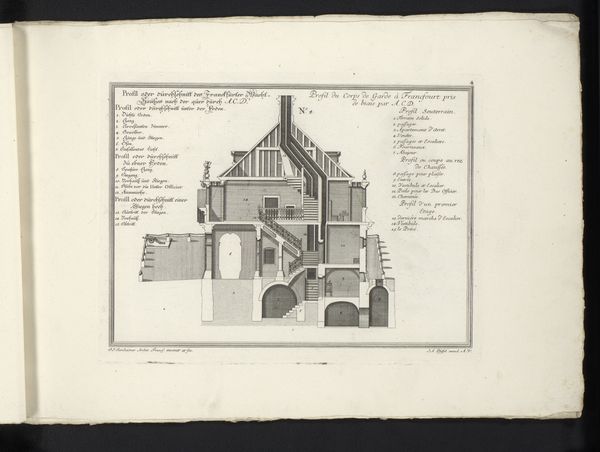
drawing, print, engraving, architecture
#
drawing
# print
#
engraving
#
architecture
Dimensions: Other (Book): 16 3/4 × 11 13/16 × 3 1/16 in. (42.5 × 30 × 7.8 cm) Sheet (Page): 16 9/16 × 10 7/16 in. (42 × 26.5 cm)
Copyright: Public Domain
This engraving of the Château de Vincennes comes from Jacques Androuet Du Cerceau's "Livre d'Architecture," published in France in the 16th century. Here, we see an architectural rendering of the castle, an important royal residence, and a symbol of power. The book itself speaks to the rise of architectural publications during the Renaissance, a period when the dissemination of knowledge and artistic ideas was greatly enhanced by print. The rigid symmetry and order in the engraving reflect Renaissance ideals of harmony and proportion. The castle represents the power of the monarchy and the social hierarchy of the time. Aristocratic architecture was about projecting authority through visual grandeur. Understanding this image requires us to consider the world of courtly life, royal patronage, and the increasing importance of the printed image in shaping perceptions of power. By consulting historical sources, we are better able to consider the social conditions that shaped the production and reception of this work.
Comments
No comments
Be the first to comment and join the conversation on the ultimate creative platform.
